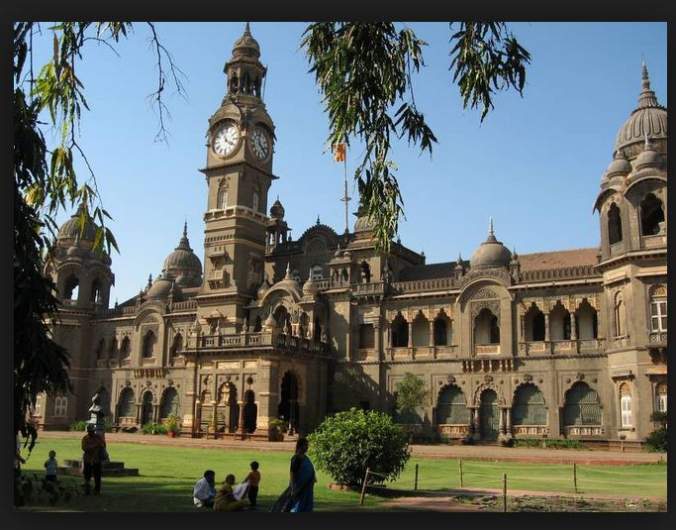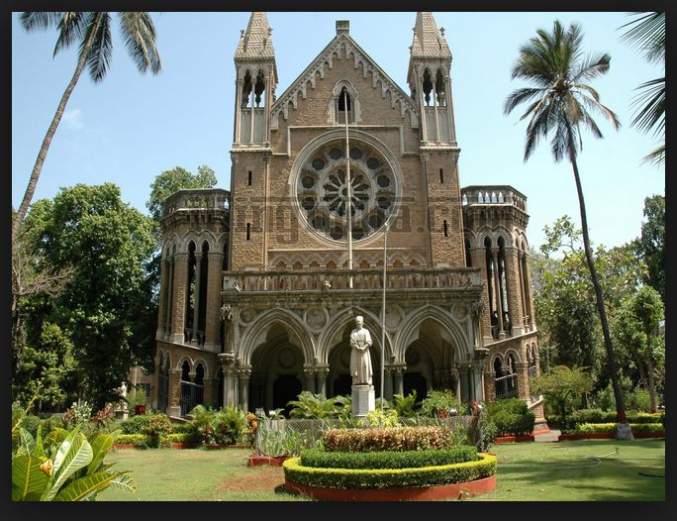|
#2
6th August 2015, 03:41 PM
| |||
| |||
| Re: FYBSC CS syllabus Mumbai University
As you want to get the B.SC Computer Science syllabus of 5th year of University of Mumbai so here is the information of the same for you: Paper I Computer Organization Introduction to Microprocessors and Computer Architecture Theory Section I Unit I: Introduction: Computers: History of computers and their classification Basics of Modern Computer Systems: View of a computer as an integrated system, Neumann machine, block diagram of a computer system. Information: Definition, Characteristics and interpretation, Data and its logical and physical concepts, binary form of program and instruction. Number Systems: Binary, Decimal, Octal, Hexadecimal and their interconversions Computer Arithmetic: Binary addition and subtraction using signed Magnitude, 1’s complement and 2’s complement, Binary multiplication and division, Floating point representation and arithmetic, arithmetic through stacks. Codes for Character Representation Hexadecimal, BCD, Excess-3, Gray code, ASCII, EBCDIC, Unicode. Unit II: Digital Logic Circuits: Boolean Algebra Basic identities of Boolean Algebra, Boolean function Logic Gates – AND, OR, NOT, NOR, NAND, EX-OR EX-NOR operations and their truth table, Minimization of gates by K-maps. Digital Circuits: Half Adder, Full Adder, Binary adder-subtractor, binary incrementer, Multiplexers, Encoder and decoder Flip Flops: Concept of sequential circuits, concept of clock and synchronization, S-R, J-K, Preset and Clear, Master-Slave J-K, D, T Flip Flops, their truth tables and identities, Conversion from one type to another type of Flip Flop, concept of counters and registers, shift registers. Unit III: Introduction to computer components: Memory: Primary Memory – RAM, SRAM, DRAM, ROM, EPROM. Secondary Memory – Magnetic Floppy and Hard Disk. Optical Memory – CDROM, WORM. Concept of Virtual Memory Concept of Cache and their need. Memory hierarchy. Input/Output Devices: Input/output devices, input/output interface, asynchronous data transfer, modes of data transfer.. CPU: Functions of CPU, register classification and organization, instruction sets and examples of instruction set, addressing schemes, instruction formats, instruction cycle and instruction pipelining. Section II: Unit IV: Internal Memory Organization: DRAM, SRAM, ROM types, Cache Memory Principles, elements of cache design, Pentium 4 cache. External Memory organization: Magnetic disk, RAID, Optical memory, Magnetic tape Input/Output Device Organization: External devices, I/O modules, Concepts of programmed I/O, interrupt Drive I/O, DMA, I/O processors. Unit V: Operating System Support: Basic Concepts, Batch, Multiprogramming and Time-Sharing, scheduling, scheduling, Memory Management. Introduction to Multiprocessors: Characteristics of Multiprocessors, Time-Shared Bus, Multi-port memory. Unit VI: Introduction and programming with Microprocessors: Introduction to 8085 Architecture and its extension to architecture to 8086, functional block diagram, Bus interface unit, Execution unit, general purpose registers, segment registers, pointers and index registers basic instruction set and organization of 8086,. 8086 Assembly language programming. Paper II Algorithms and Programming in C Theory Section I UNIT I: INTRODUCTION TO ALGORITMS AND C Fundamentals of Algorithms: Notion of an algorithm. Pseudo-code conventions like assignment statements and basic control structures. Algorithmic Problems: Develop fundamental algorithms for (i) Exchange the values of two variables with and without temporary variable, (ii) Counting positive numbers from a set of integers, (iii) Summation of set of numbers, (iv) Reversing the digits of an integer, (v) Find smallest positive divisor of an integer other then 1, (vi) Find G.C.D. and L.C.M. of two as well as three positive integers, (vii) Generating prime numbers. Analysis of Algorithms: Running time of an algorithm, worst and average case analysis. Different approaches in programming: Procedural approach, Object Oriented approach, Event Driven approach. Structure of C: Header and body, Use of comments, Compilation of a program. Data Concepts: Variables, Constants, data types like: int, float char, double and void. Qualifiers: Short and long size qualifiers, signed and unsigned qualifiers. Declaring variables. Scope of the variables according to block. Hierarchy of data types. UNIT II: BASICS OF C Types of Operators: Arithmetic, Relational, Logical, Compound Assignment, Increment and decrement, Conditional or ternary, Bitwise and Comma operators. Precedence and order of evaluation. Statements and Expressions. Type Conversions: Automatic and Explicit type conversion. Data Input and Output Functions: Formatted I/O: printf(), scanf(). Character I/O format: getch(), getche(), getchar(), getc(), gets(), putchar(), putc(), puts(). Iterations: Control statements for decision making: (i) Branching: if statement, else.. if statement, switch statement. (ii) Looping: while loop, do.. while, for loop. (iii) Jump statements: break, continue and goto UNIT III: ARRAYS, STRINGS AND SORTING TECHNIQUES Arrays: (One and multidimensional), declaring array variables, initialization of arrays, accessing array elements. Strings: Declaring and initializing String variables. Character and string handling functions. Sorting Algorithms: Bubble, Selection, Insertion and Merge sort, Efficiency of algorithms, Implement using C. Section II UNIT IV: FUNCTIONS, STRUCTURES, RECURSION AND UNION (15 Lectures) Functions: Global and local variables, Function definition, return statement, Calling a function by value, Macros in C, Difference between functions and macros. Storage Classes: Automatic variables, External variables, Static variables, Register variables. Recursion: Definition, Recursion functions algorithms for factorial, Fibonacci sequence, Tower of Hanoi. Implement using C. Structure: Declaration of structure, reading and assignment of structure variables, Array of structures, arrays within structures, structures within structures, structures and functions Unions: Defining and working with union. UNIT V: POINTERS AND FILE HANDLING Pointer: Fundamentals, Pointer variables, Referencing and de-referencing, Pointer Arithmetic, Chain of pointers, Pointers and Arrays, Pointers and Strings, Array of Pointers, Pointers as function arguments, Functions returning pointers, Pointer to function, Pointer to structure, Pointers within structure. File Handling: Different types of files like text and binary, Different types of functioms:fopen(), fclose(), fgetc(), fputc(), fgets(), fputs(), fscanf(), fprintf(), getw(), putw(), fread(), fwrite(), fseek() Dynamic Memory Allocation: Malloc(), calloc(), realloc(), free() and sizeof operator, UNIT VI: LINK LISTS, STACKS AND QUEUES Linear Link lists: Representation of link list in memory, Algorithms for traversing a link list, searching a particular node in a link list, insertion into link list (insertion at the beginning of a node, insertion after a given node), deletion from a link list. Implement using C. Stacks: Definition, Array representation of stacks, Algorithms for basic operators to add and delete an element from the stack, Implement using C. Queues: Representation of queue, Algorithm for insertion and deletion of an element in a queue, Implement using C. Contact Details: University of Mumbai CST Road, Kalina, Santacruz East Mumbai, Maharashtra 400098 India Map Location: [MAP]University of Mumbai Maharashtra [/MAP]      |